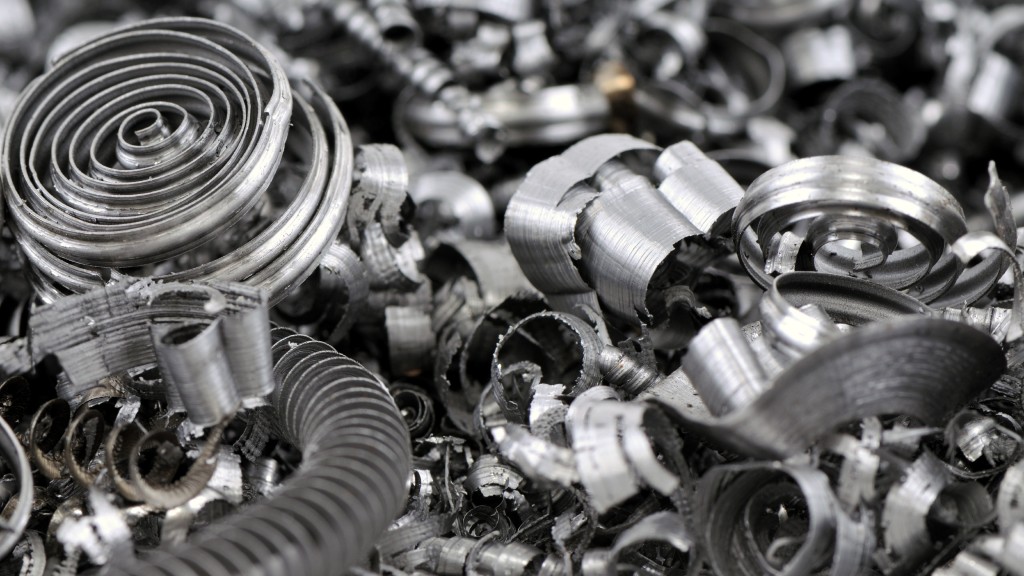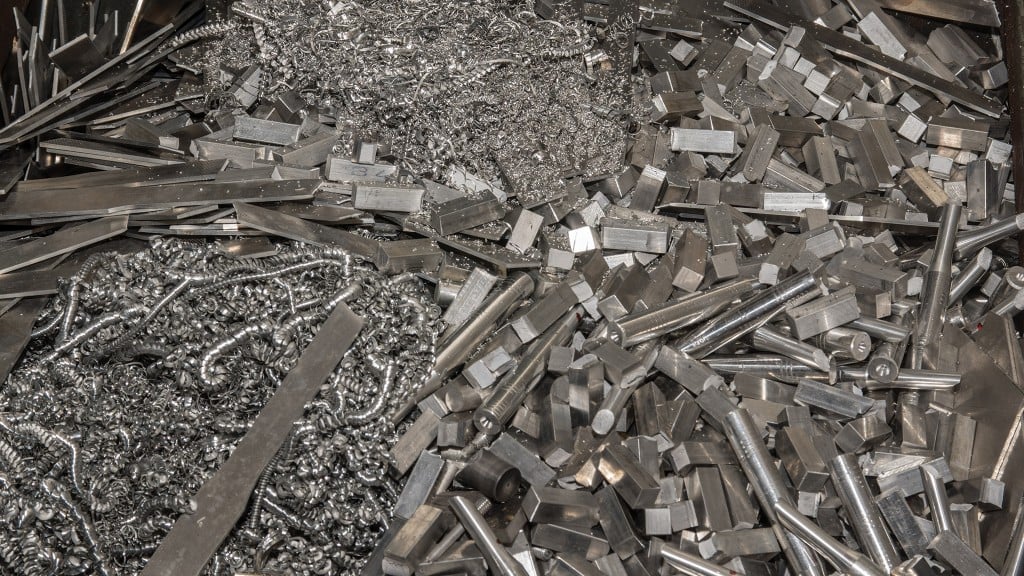Outlook for America's recycled aluminum industry is muted in the short term, though exports shine

Members of the United Auto Workers (UAW) decided to go on strike against the Big Three automakers of the U.S. (General Motors, Stellantis, and Ford) on September 14. This meant that 13,000 workers across three auto assembly lines would walk away from their roles. Since then, the UAW has reached an understanding with Ford. However, it chose to expand the strike a week later to include 38 aftersales and service locations at GM and Stellantis, which meant another 5,600 additional workers off the job.
Market participants in aluminum and other base metal industries, along with steel, are mulling over the impact of this strike on demand and prices in the days ahead. In the steel sector, U.S. Steel has already idled its Blast Furnace-B at Granite City Works, Illinois - a site capable of producing 1.4 million mt of steel per year. Many fear that other steel and aluminum plants across the country are looking at similar consequences in the near term.
Economists, however, have indicated that the impact may not be as hard as feared. In a recent Institute of Scrap Recycling Industries (ISRI) webinar, Jason Schenker, president of Prestige Economics, noted that non-ferrous metals have already been on a downtrend since the first quarter, and the potential for further downside is limited.
Simultaneously, Joseph Pickard, chief economist and director of commodities at ISRI, pointed out that the Big Three's market share in auto production has gradually decreased from 68 percent in 1999 to 40 percent in 2022. At the remaining 60 percent of auto companies, production remains unhampered and they will continue to consume aluminum at the same pace as they did before the strike. Still, the strike isn't the only factor that has disrupted the aluminum industry this year.
Looking beyond auto
Recent surveys at aluminum smelters have revealed that die casters, the supply chain link between smelters and the automakers, have not changed their purchase behaviour at all since the strike began. In fact, a handful of smelters have noted that sales have improved slightly as die casters believe the strike will not impact business as much as initially estimated. Die casters have also sought to ensure an unhindered supply chain once production is resumed and are building inventories of components to ensure this.
Looking ahead at the rest of the year, the situation at rolling mills and secondary aluminum smelters is almost the same. Both are sitting on large inventories of recyclable materials and do not need to purchase big lots to meet consumption needs. Hence, recycled aluminum prices are expected to trend sideways until December. For finished products, smelters expect secondary alloy sales to pick up around February of 2024, with rolling mills also expecting a similar rebound in new orders.
Recycled aluminum prices peaked in Q1 2023 amid rising tensions due to Russia's war on Ukraine. However, since then, demand has tapered steadily, leading to annual lows in July. In some cases, the bottom price level has been maintained to date. In the secondary aluminum space, demand for secondary alloys has consistently declined since Q1.
The Davis Index for A380.1 settled at $1.342/pound delivered on September 22, down by 10.1¢/pound or 7 percent from $1.443/pound on March 24. This is largely due to weaker demand from consumers, especially outside the automotive sector, who are undergoing a destocking phase.
Similarly, in the mill-grade aluminum space, spreads for recycled aluminum have widened consistently this year with the Davis Index spread for EC wire at 19.9¢/pound under the Midwest Transaction Price on September 19, wider by 6.5¢/pound or 48 percent compared with 13.4¢/pound under Midwest on March 21.
Most rolling mills and secondary smelters placed large orders for recycled material in Q2 2023, with a large number of them filling up their inventories for the remainder of the year. Reportedly, some buyers are deferring volumes committed for Q4 2023 to Q1 2024, signaling slower recycled materials consumption than anticipated. At present, trading is muted, and buyers are selectively buying items that they need for immediate consumption, albeit in smaller quantities. Many companies have already curtailed production slightly to reflect lower demand levels and weak order books, even into Q1 2024.
The bright spot
However, the recycled aluminum exports market has seen robust demand across items since mid-July. The lower Midwest premium made mill-grade items more affordable, and weak secondary material competition from domestic smelters meant exporters could set their rates. Importers in Asia believe that this is their time to grab material while it is still easily available. This optimism - and speculation for higher prices in Q1 2024 - has seen bids from Asia grow steadily despite a volatile LME.
Finally, the industry remains bullish about the recycled aluminum industry's long-term trends, and all participants believe that this short-term pain is likely to lead to many long-term gains starting in mid-2024.
George Dcruze is the U.S. aluminum analyst for Davis Index. He can be reached at [email protected].



